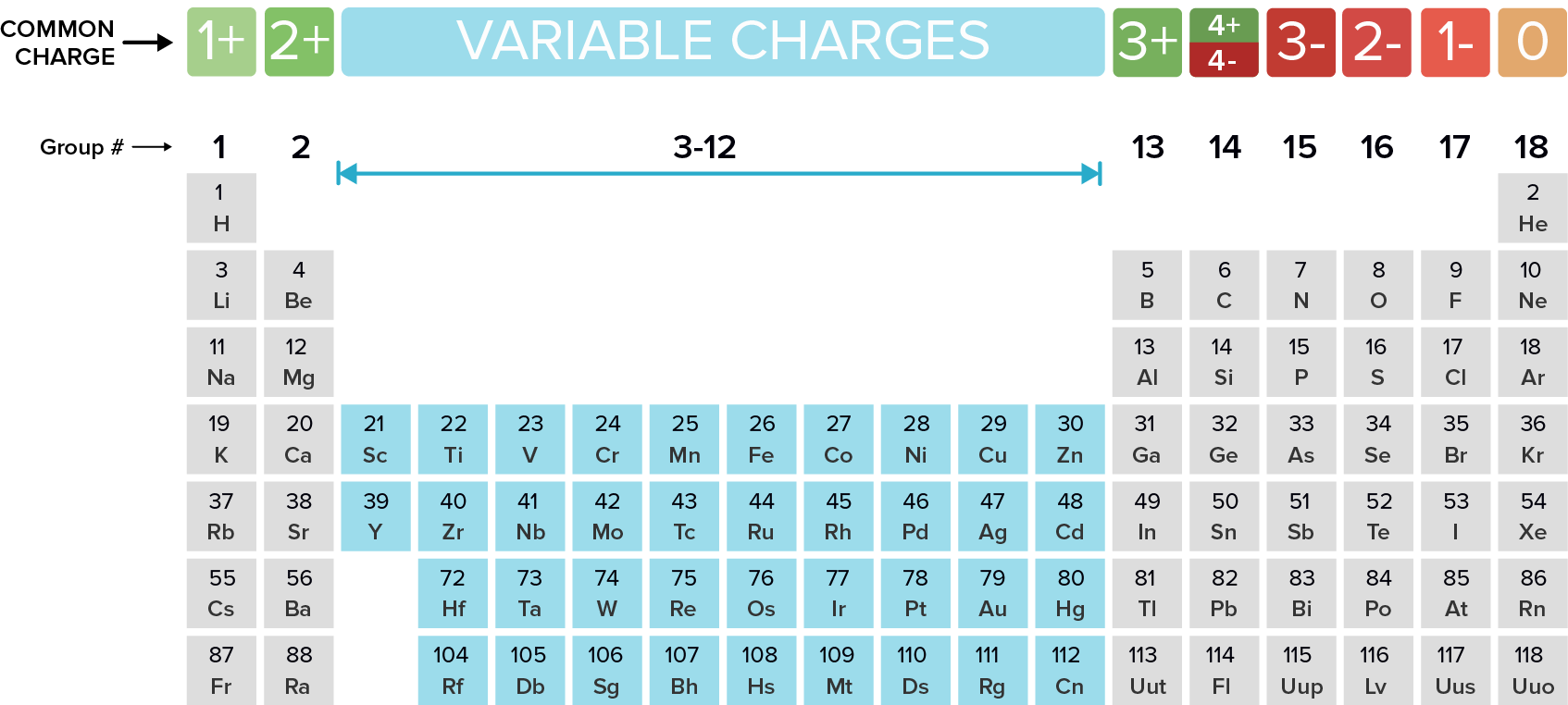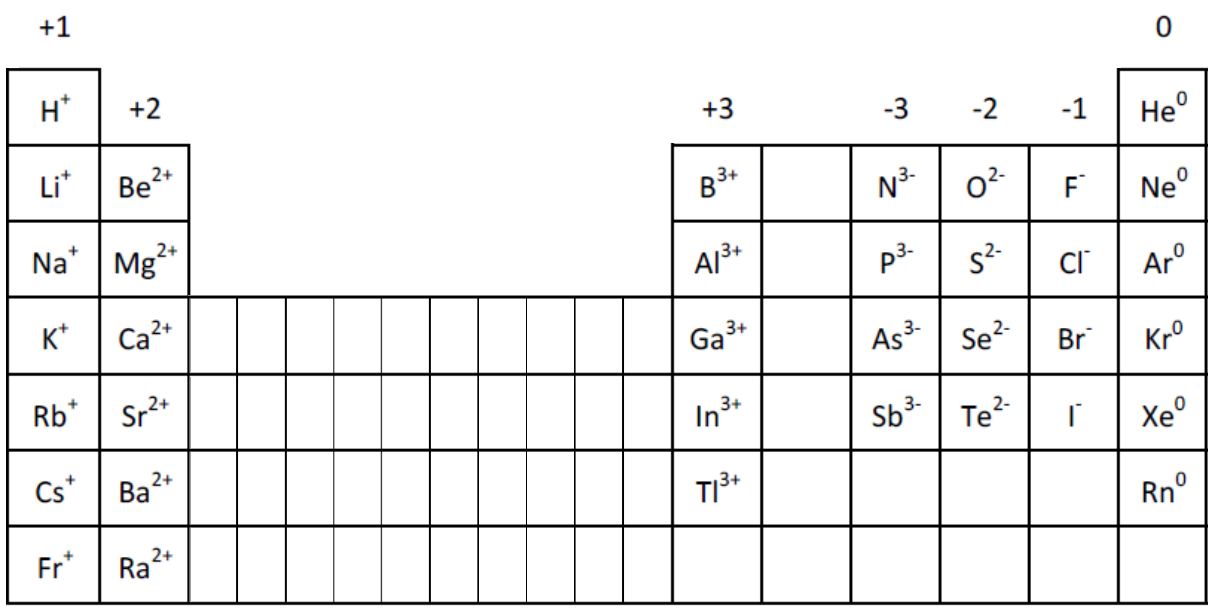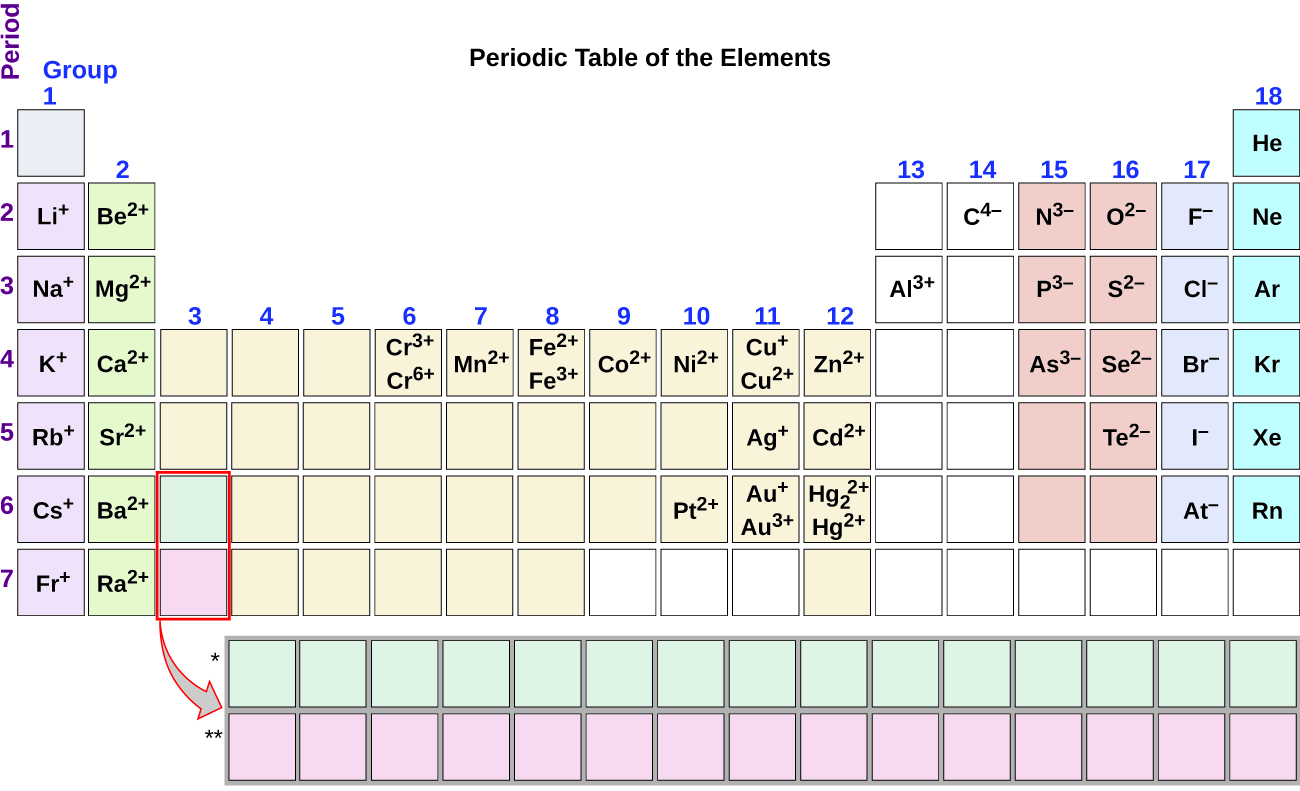When Metals Form Ions They Tend To Do So By
When Metals Form Ions They Tend To Do So By - Metals tend to form cations, while nonmetals tend to form anions. Web compounds that contain ions are called ionic compounds. We need to talk briefly about what this means, so put on your thinking. Is there a simple way to tell which elements have multiple cations, or is it pure memorization? Web compounds that contain ions are called ionic compounds. Thus metals are electropositive elements. Losing electrons and forming positive ionsexplanation:metals form ions by losing electrons. This is actually one of the chemical properties of metals and nonmetals: Web metals tend to form positive ions because their electron structure causes them to do so. The charges of cations formed by the representative metals may be determined readily.
A cations b anions c cations and anions d do not form ions easy open in app solution verified by toppr correct option is a) metals lose electrons in. Thus metals are electropositive elements. In the chemistry of the transition elements, the 4s orbital behaves as the. Web compounds that contain ions are called ionic compounds. Metals tend to form cations, while nonmetals tend to form anions. Is there a simple way to tell which elements have multiple cations, or is it pure memorization? So rather than accept more electrons, it is much more. Transition metals often form more than one. Web with the exception of hydrogen, all elements that form positive ions by losing electrons during chemical reactions are called metals. They do it because they have few electrons in their outermost shells.
Web atoms that lose electrons acquire a positive charge as a result because they are left with fewer negatively charged electrons to balance the positive charges of the. Metal elements form positively charged ions called cations because they are located on the left side of the periodic table. Web so my question is: Compounds that do not contain ions, but instead consist of. When metals form ions they tend to do so by1. Losing electrons and forming negative ions3. Web compounds that contain ions are called ionic compounds. So rather than accept more electrons, it is much more. In the chemistry of the transition elements, the 4s orbital behaves as the. Web they do it because they have few electrons in their outermost answer:1.
Student Resources CHEMISTRY BATZ
Web they do it because they have few electrons in their outermost answer:1. We need to talk briefly about what this means, so put on your thinking. The charges of cations formed by the representative metals may be determined readily. Web with the exception of hydrogen, all elements that form positive ions by losing electrons during chemical reactions are called.
Solved 53.9 Resources Hint СІ Question 12 of 22 > Metals
When metals form ions they tend to do so by1. Thus metals are electropositive elements. A cations b anions c cations and anions d do not form ions easy open in app solution verified by toppr correct option is a) metals lose electrons in. Web metals tend to form: Web so my question is:
Solved METALS LOSE ELECTRONS and NONMETALS GAIN ELECTRONS.
Web answer (1 of 4): Metal elements form positively charged ions called cations because they are located on the left side of the periodic table. Web in general, when metals form an ion, it is easier for them to lose electrons to attain a stable noble gas electronic configuration, as most metals have electrons. This is actually one of the.
Use data above answer questions 2,3,4 EXPERIMENT Activity of Metals
Transition metals often form more than one. Web compounds that contain ions are called ionic compounds. Web answer (1 of 4): The charges of cations formed by the representative metals may be determined readily. Losing electrons and forming positive ions2.
Ion Charge from Periodic Table NemoQuiz
Web all elements except hydrogen, which form positive ions by losing electrons during chemical reactions are called metals. Web with the exception of hydrogen, all elements that form positive ions by losing electrons during chemical reactions are called metals. The ions are positive, because they have more protons than electrons the ions formed have full outer. The charges of cations.
2.6 Ionic Compounds and Formulas Chemistry LibreTexts
In the chemistry of the transition elements, the 4s orbital behaves as the. Is there a simple way to tell which elements have multiple cations, or is it pure memorization? Transition metals often form more than one. Web with the exception of hydrogen, all elements that form positive ions by losing electrons during chemical reactions are called metals. Thus metals.
table of elements chart
Losing electrons and forming positive ionsexplanation:metals form ions by losing electrons. Transition metals often form more than one. This is actually one of the chemical properties of metals and nonmetals: Web atoms gain or lose electrons to form ions with particularly stable electron configurations. A cations b anions c cations and anions d do not form ions easy open in.
Pin em Science, bitch!
Groups 1 and 2 are called the alkali. Transition metals often form more than one. Web with the exception of hydrogen, all elements that form positive ions by losing electrons during chemical reactions are called metals. Web answer (1 of 4): Ionic compounds generally form from metals and nonmetals.
Colours of Transition Metal Ions in Aqueous Solution Compound Interest
Web metals form ions by losing electrons. Metal elements form positively charged ions called cations because they are located on the left side of the periodic table. Web metal atoms lose electrons from their outer shell when they form ions: Ionic compounds generally form from metals and nonmetals. The charges of cations formed by the representative metals may be determined.
CH103 CHAPTER 4 Ions and Ionic Compounds Chemistry
Compounds that do not contain ions, but instead consist of. Thus metals are electropositive elements. Web compounds that contain ions are called ionic compounds. Ionic compounds generally form from metals and nonmetals. Is there a simple way to tell which elements have multiple cations, or is it pure memorization?
Web Metal Atoms Lose Electrons From Their Outer Shell When They Form Ions:
Web metals form ions by losing electrons. Web in general, when metals form an ion, it is easier for them to lose electrons to attain a stable noble gas electronic configuration, as most metals have electrons. Thus metals are electropositive elements. Web answer (1 of 4):
The Charges Of Cations Formed By The Representative Metals May Be Determined Readily.
In the chemistry of the transition elements, the 4s orbital behaves as the. Ionic compounds generally form from metals and nonmetals. Web atoms gain or lose electrons to form ions with particularly stable electron configurations. This is actually one of the chemical properties of metals and nonmetals:
Metals Tend To Form Cations, While Nonmetals Tend To Form Anions.
Web all elements except hydrogen, which form positive ions by losing electrons during chemical reactions are called metals. Web metals tend to form: Groups 1 and 2 are called the alkali. Web so my question is:
Web Metals Tend To Form Positive Ions Because Their Electron Structure Causes Them To Do So.
Ionic compounds generally form from metals and nonmetals. Losing electrons and forming negative ions3. Web as you may notice, they can form ions by either losing or gaining electron in 4s orbital. So rather than accept more electrons, it is much more.








